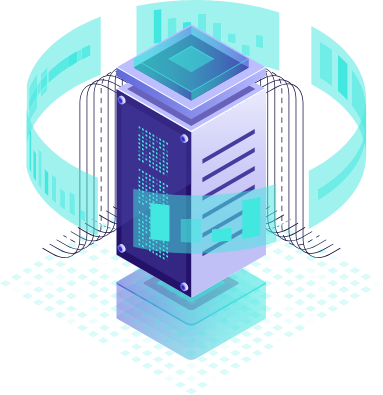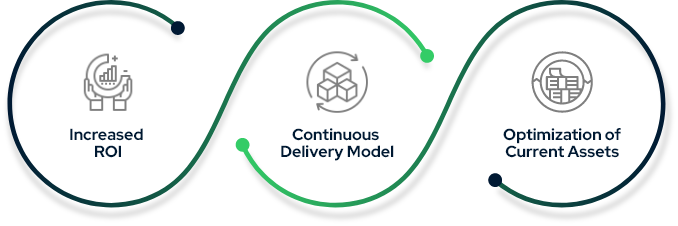Tired of
giant monolithic codes
behind your app?
Microservices architecture can be the answer you are looking for.
What are Microservices?
Microservices, or microservice architecture, are an architectural style of coding used to build applications as a collection of services. These services are highly testable and easy to maintain. They are loosely coupled and generally autonomous in most cases. You can deploy them independently, leaving the rest of the services unaffected. What we love about microservices is that they can be customized according to business needs and capabilities. The ownership of a microservice is usually under a small, autonomous team.
In the popular monolith vs microservices debate, microservices seem to be winning. Microservice architecture empowers rapid, reliable and frequent delivery of even the most complex applications. It also gives your enterprise the flexibility and opportunity to evolve your tech stack.


What is Serverless Computing?
Upon deployment, the magic begins. Serverless apps read the demand and respond to it by automatically scaling up or down as required. There is a cost-benefit here as well because most cloud providers are metered on-demand so if your serverless function is sitting idle, you will not be charged for it.
Why You Need to
Switch to Microservices
Microservices work across cross-functional teams and use the continuous delivery model to manage the life cycle of an application from start to finish. Developers, Ops, and testing teams work side-by-side on a single service which makes testing and debugging easier and faster. This incremental development approach is a major advantage over monolithic applications that have dedicated but disconnected teams working on discrete functions. This also gives you a chance to use the existing code instead of starting from scratch.
Besides this, microservices in Java and other languages give you the freedom to deploy the right tools for the right task. Every microservice can have its own framework, language, and ancillary services that best suit its needs.
Finally, unlike monolithic architecture, with microservices, you can optimize resources by working on independent services, empowering you to deploy, respond, and pivot more quickly. This also makes codes more reusable.
Benefits
Improved resilience
Increased scalability
Faster time to market
Easy debugging and maintenance
Why Eteva Consulting


Our Clients
Tell us how can we help you?
Work with us to innovate, differentiate and achieve desired results.








